McDonald’s “Wi-Fries Campaign”
Gueadmin
- August 10, 2025

In Indonesia, a country known for its notoriously slow home internet speeds, McDonald’s faced a dual challenge. The COVID-19 pandemic had led to a significant drop in in-store visits as customers became accustomed to ordering food for delivery. At the same time, many young Indonesians had already developed a habit of visiting McDonald’s restaurants to take advantage of the free and fast Wi-Fi. McDonald’s recognized this existing customer behavior and saw an opportunity to capitalize on it, turning a common frustration into a creative and effective marketing campaign to drive foot traffic back to their restaurants.
Users could test their home Wi-Fi speed using the McDonald’s app. The slower their connection compared to McDonald’s in-store Wi-Fi, the bigger the discount they received on fries.
The name “Wi-Fries” is a playful twist on “Wi-Fi,” linking connectivity with McDonald’s most iconic snack.
Campaign Overview
The “Wi-Fries” campaign by McDonald’s Indonesia aimed to:
Turn a common frustration—slow home Wi-Fi—into a rewarding experience
Drive app engagement and in-store visits
Promote McDonald’s fast, free in-store Wi-Fi while reinforcing its reputation for fun, youth-oriented marketing
Problem
Young Indonesians—especially those living in shared housing (kos-kosan)—frequently complained about poor internet speeds. Many would visit McDonald’s for its reliable, fast Wi-Fi. McDonald’s saw an opportunity to:
- Capitalize on this behavior
- Create a fun, tech-driven incentive
- Increase app usage and foot traffic
Execution
- Audience Insight: The campaign was built on the simple, yet powerful, insight that young Indonesians were frustrated with their slow home internet and were already using McDonald’s as a solution.
- The “Wi-Fries” App Feature: McDonald’s launched a new feature within their existing app called “Wi-Fries.” This was not a separate app, but an extension that seamlessly integrated into the user experience.
- The Speed Test: The “Wi-Fries” feature used an open API from a popular online speed test to measure the user’s home Wi-Fi speed.
- The Reward System: The core of the campaign was its unique reward system. The app would compare the user’s slow home Wi-Fi speed with the fast Wi-Fi speed available at McDonald’s. The greater the difference in speed, the bigger the discount the user would receive on a portion of fries.
- Call to Action: After the speed test, the app would generate a QR code for the discounted fries. This code was redeemable only at a physical McDonald’s restaurant, directly incentivizing customers to leave their homes and visit a location.
- Guerrilla Marketing Elements: The campaign was a prime example of guerrilla marketing because it leveraged a pre-existing, widespread consumer pain point (slow internet) and turned it into a direct-to-consumer promotional tool. It was low-cost in its execution (relying on a simple app feature and an open API) but high-impact in its ability to generate buzz and drive physical visits.
Brand Impact
Youth Engagement: The campaign resonated with tech-savvy, mobile-first young consumers.
Brand Affinity: McDonald’s positioned itself as empathetic, playful, and digitally innovative.
Increased App Usage: The campaign drove a surge in app downloads and interactions.
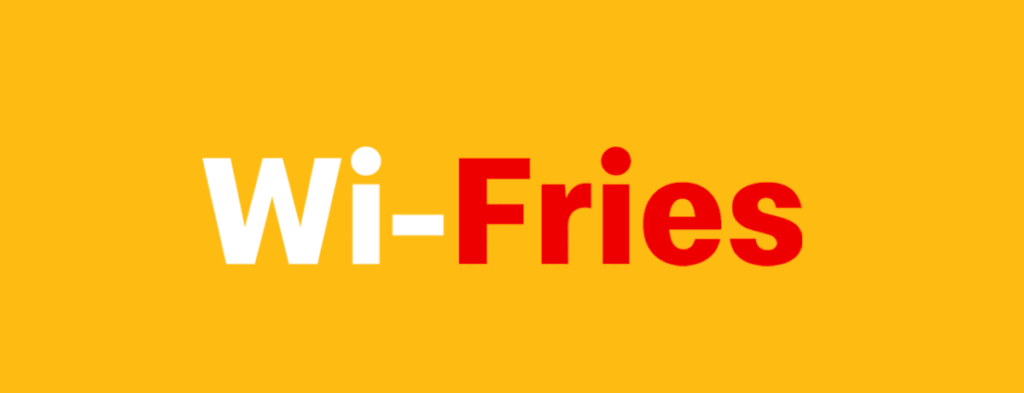
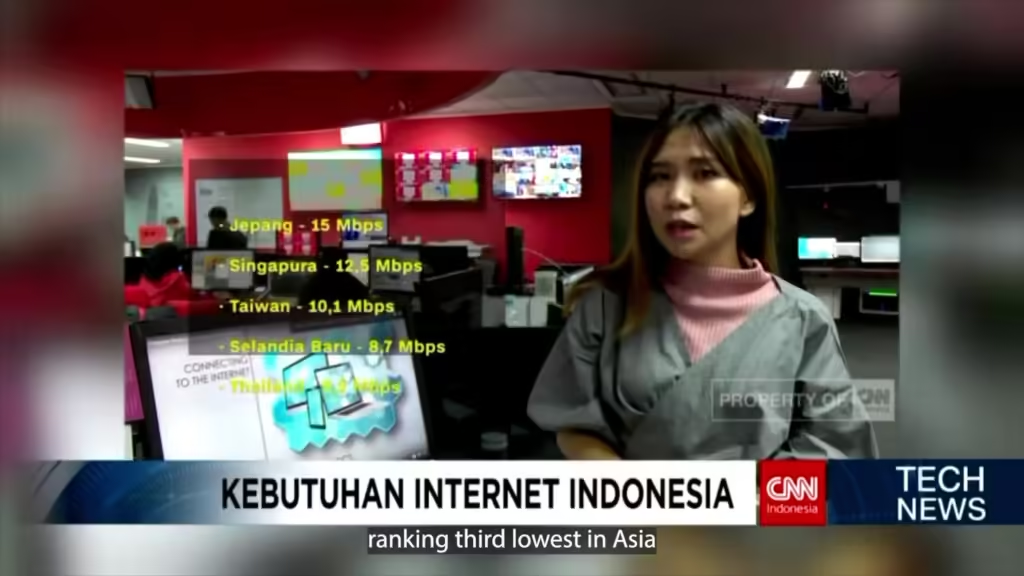
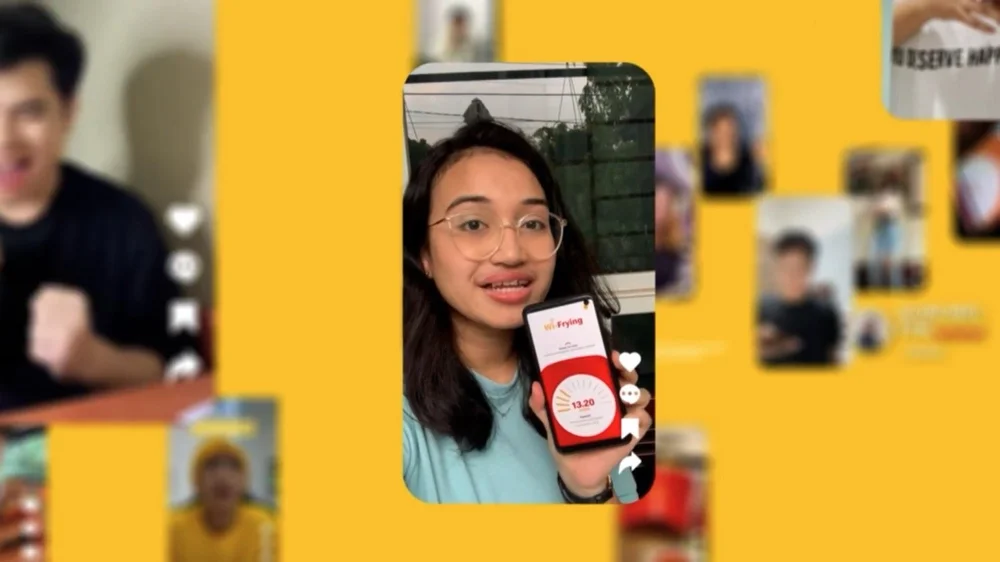
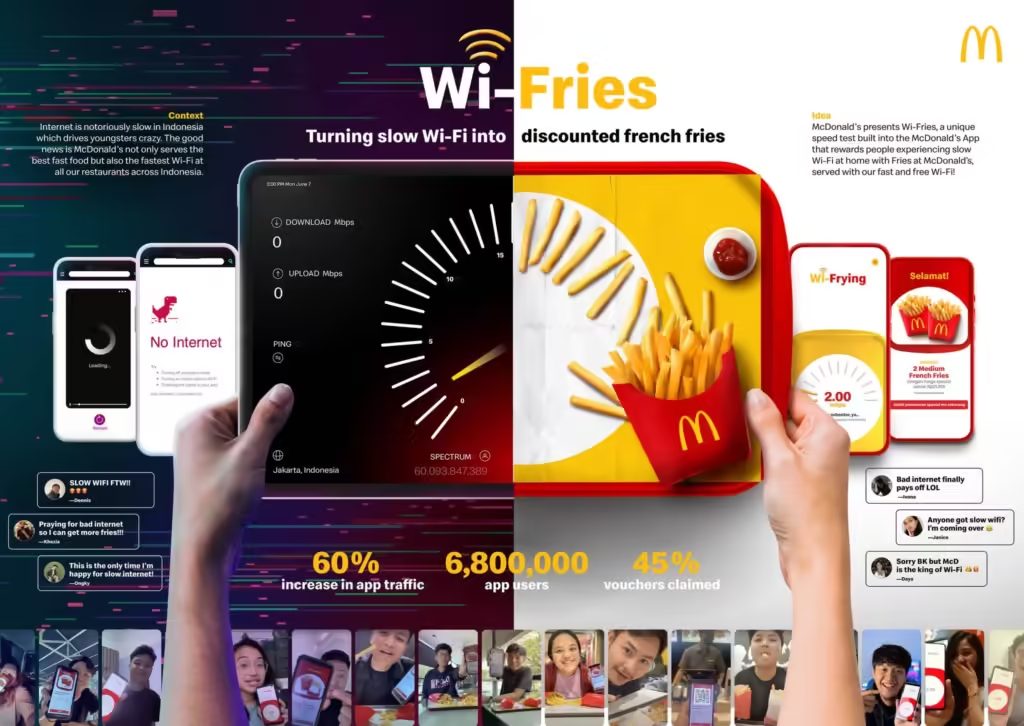
Results
The Wi Fries Campaign delivered impressive results, driving a 60% increase in app traffic and attracting 6.8 million app users. Additionally, 45% of vouchers offered during the campaign were claimed, highlighting its strong engagement and conversion rates.
Lessons Learned
Turn Frustration into Fun: Addressing a real annoyance with humor and reward builds emotional connection.
Gamify the Experience: Interactive, playful mechanics drive engagement and repeat usage.
Mobile-First Strategy Wins: Seamless app integration is key to reaching younger audiences.
Digital + Physical Synergy: Linking app behavior to in-store rewards bridges online and offline experiences.
Conclusion
The McDonald’s “Wi-Fries” campaign is a shining example of modern guerrilla marketing that is both clever and compassionate. By listening to their customers and turning a common problem into a creative solution, McDonald’s not only sold more fries but also successfully re-established its physical restaurants as a valuable and relevant destination for a new generation of consumers.

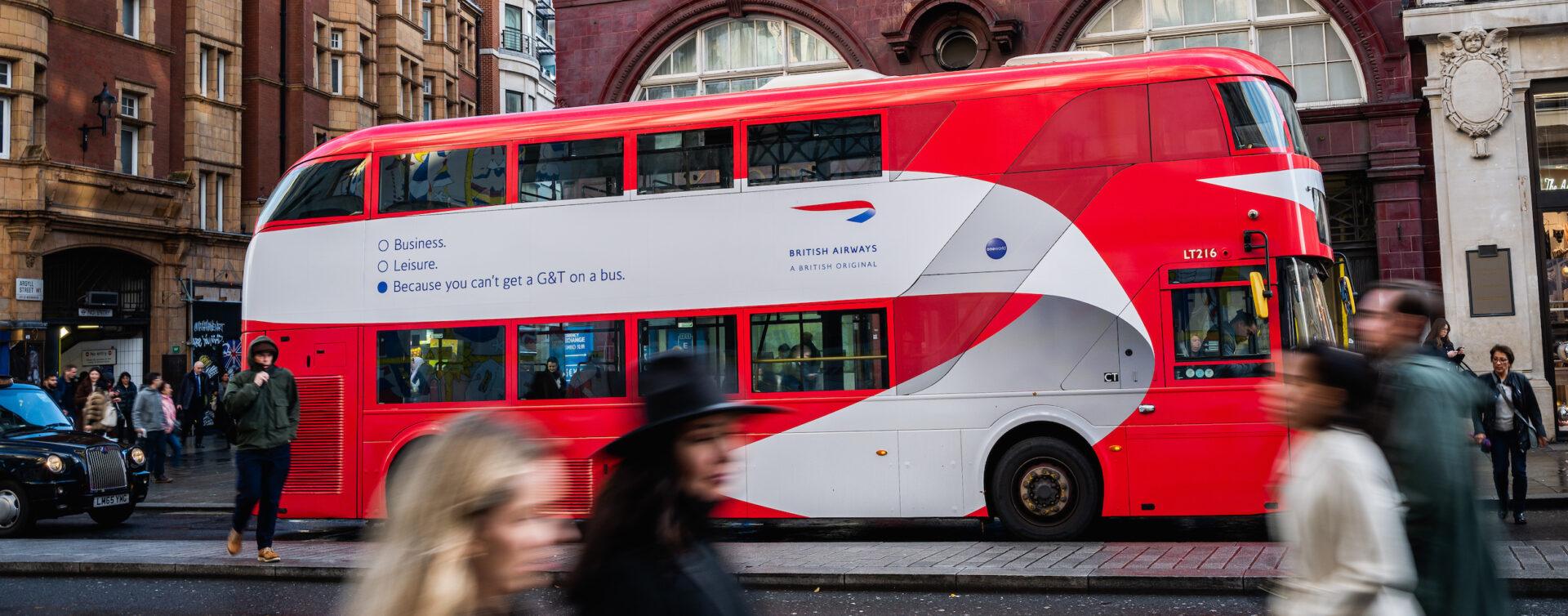
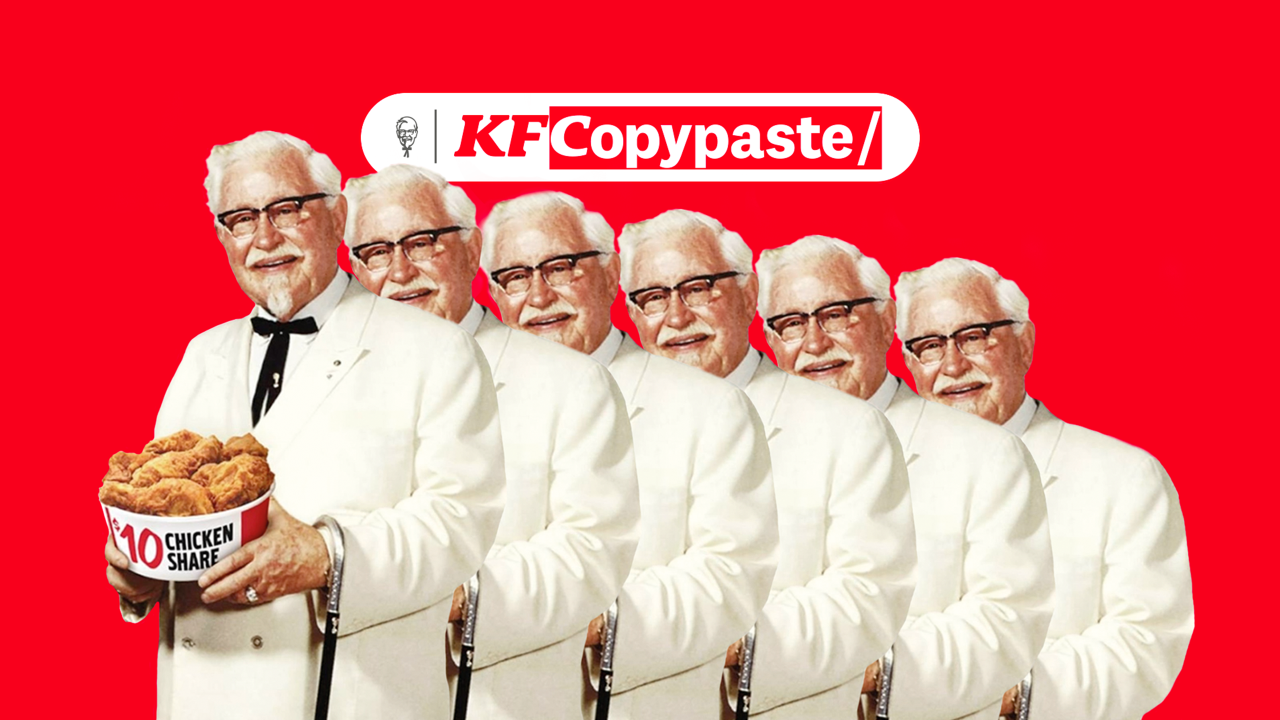
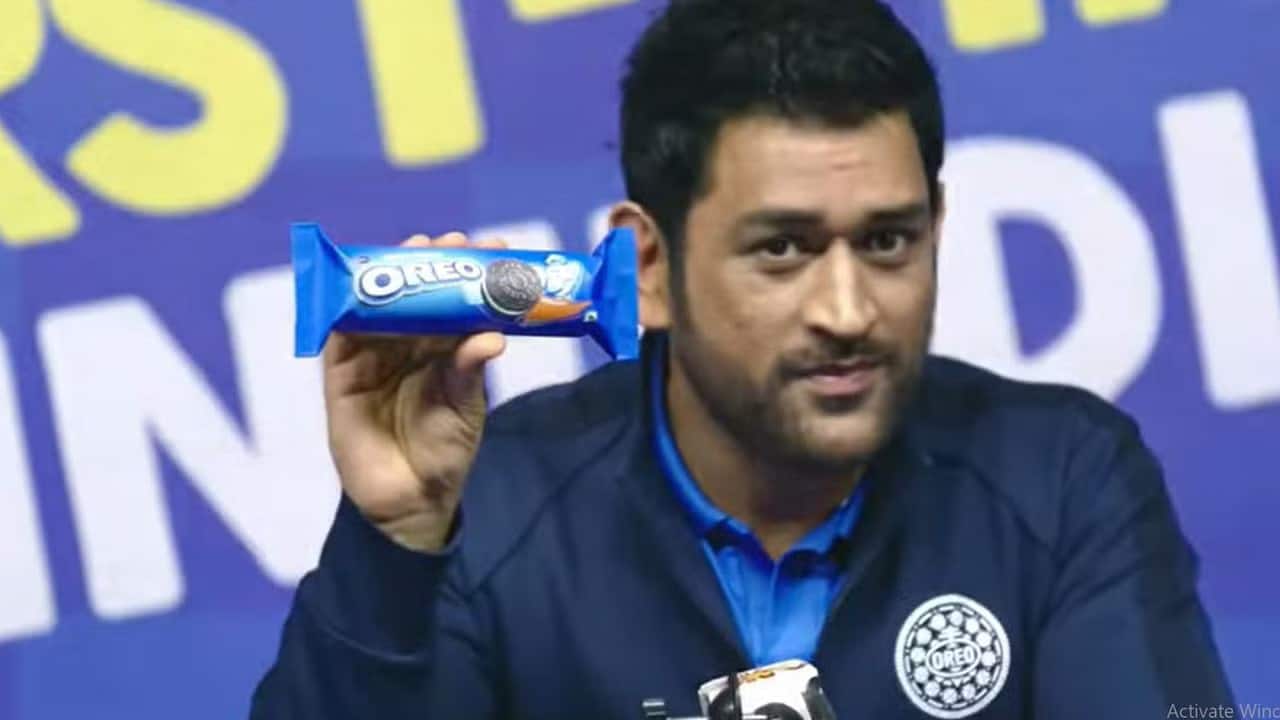
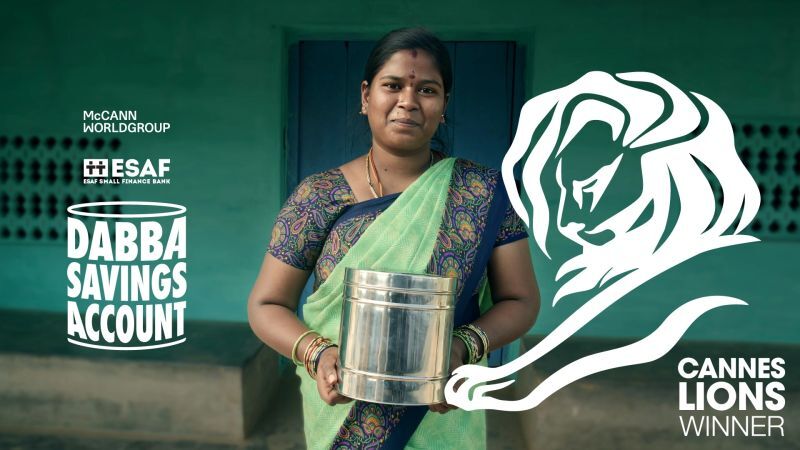

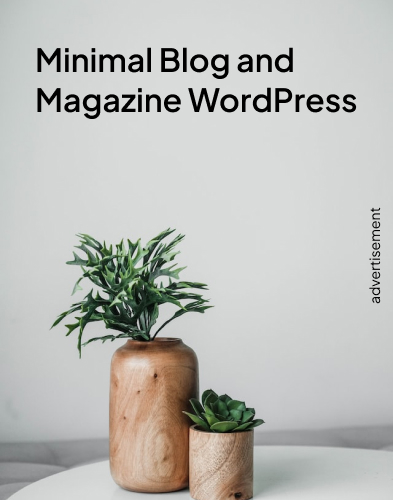



2 Comments
Hello my friend! I want to say that this post is awesome, nice written and include almost all vital infos. I’d like to see more posts like this.
some times its a pain in the ass to read what people wrote but this website is very user friendly! .